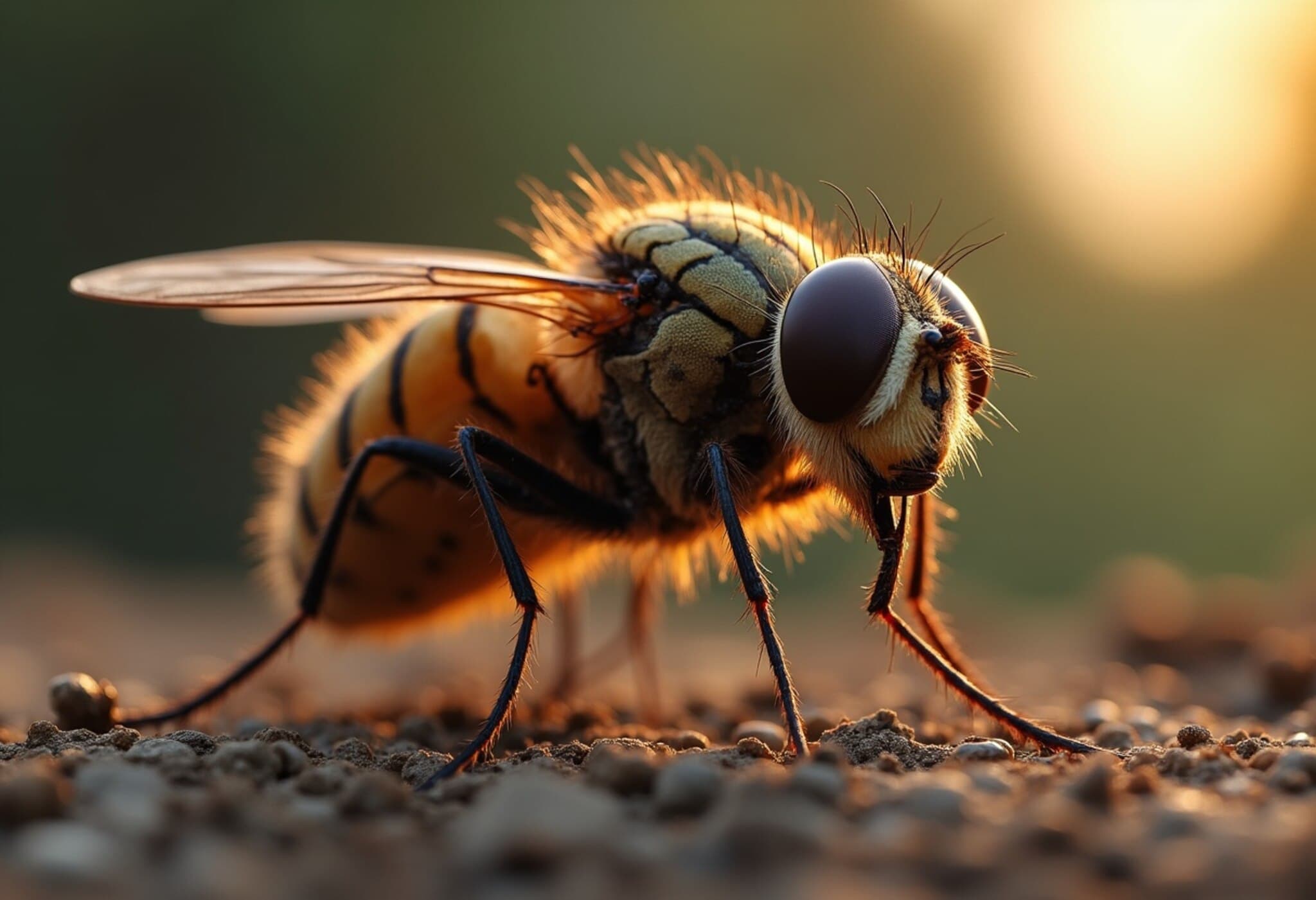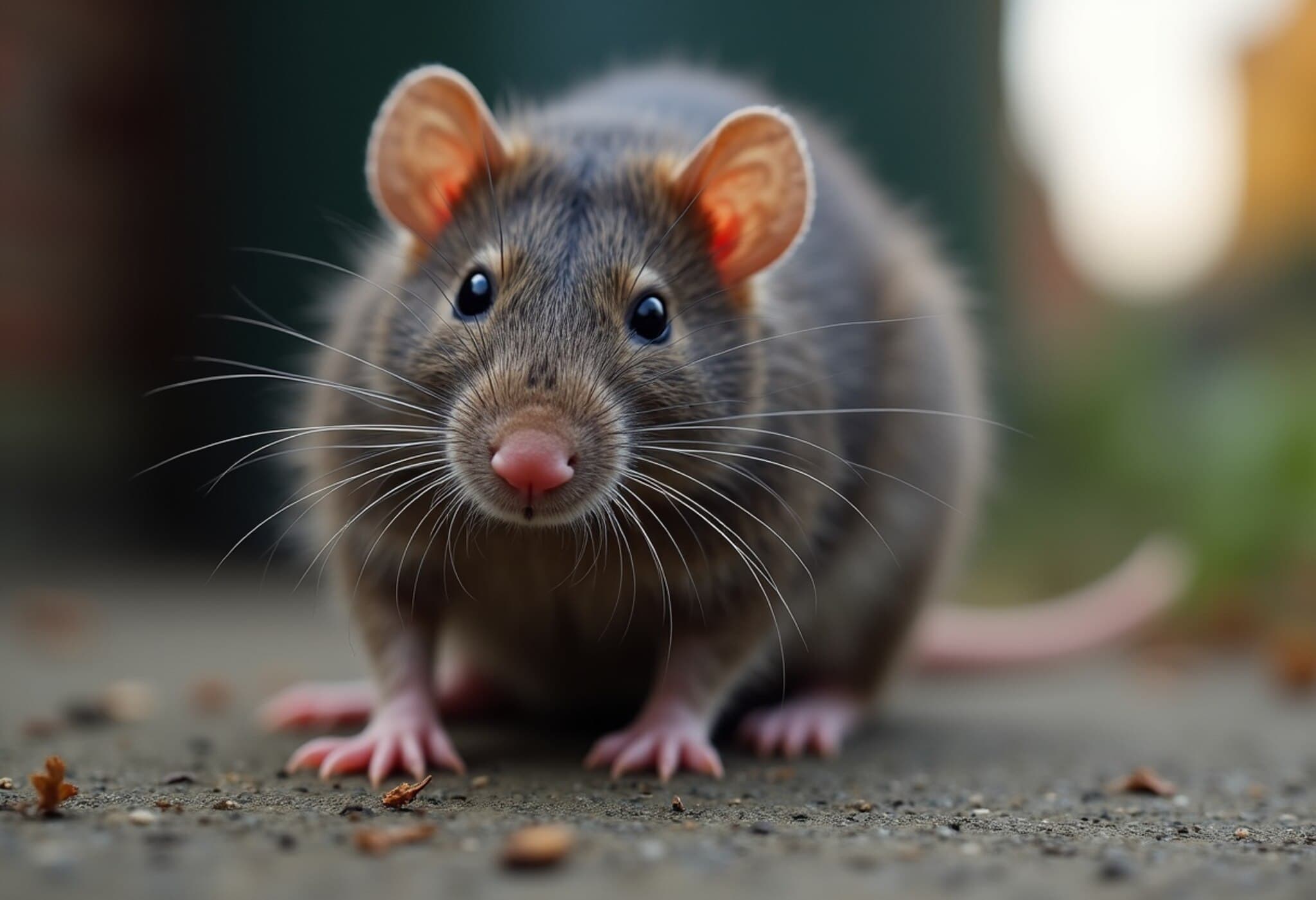Minot Faces Escalating Ground Squirrel Problem Amid Urban Expansion
In the heart of North Dakota, the city of Minot—home to nearly 50,000 residents—is grappling with a surprisingly persistent and growing challenge: an out-of-control ground squirrel population. These small rodents, known as Richardson’s ground squirrels, though weighing less than a pound and stretching about a foot, have turned from innocuous wildlife into widespread urban nuisances.
Expert Burrowers, Unstoppable Invaders
Over the past two decades, the ground squirrel population in Minot has surged, infiltrating spaces ranging from vacant lots to bustling commercial and residential zones. Their tunneling prowess damages infrastructure such as driveways, sidewalks, and lawns, creating unsafe tripping hazards and raising concerns over potential disease transmission through flea infestations.
“It’s like battling the tide with a single bucket,” says Joshua Herman, owner of Herman Pest Control Services. Herman’s frustration mirrors the community's predicament, highlighting that localized pest control efforts are futile if not embraced city-wide. “If I’m trapping but my neighbor isn’t, we’ll never make a dent in the population long-term,” Herman explains.
Longstanding Issue Now Exacerbated
Kevin Braaten, Superintendent of Minot’s Street Department, confirms that ground squirrels have been a consistent challenge for at least 20 years. Yet recent years have witnessed a dramatic escalation, making it impossible to estimate an exact population but suggesting there could be more ground squirrels than residents.
Given these figures, officials have tempered expectations, acknowledging that complete eradication is unattainable. Rather, their goal is to manage and reduce numbers to minimize damage and risks. Braaten candidly states, “I don’t see the population ever dropping to zero; it’s almost impossible considering the numbers.”
Divergent Community Views and Management Challenges
Despite the tangible harm these rodents cause, public opinion about them is divided. While some view the squirrels as destructive pests, others see them as part of the local wildlife tapestry worth protecting. Herman recounts instances where his traps have been sabotaged or stolen, and residents have confronted him for using an air rifle to control the population. This tension illustrates a broader conflict between urban pest management and wildlife conservation efforts—a common dilemma in American cities facing similar wildlife encroachments.
Experts warn that unchecked ground squirrel colonies can jeopardize urban infrastructure and public safety, especially when burrowing undermines foundational structures or creates open pits in pedestrian areas.
Broader Implications and Context
Minot’s situation draws attention to the complex interplay between expanding urban environments and native wildlife habitats. As suburban development spreads, many cities in the American Midwest experience similar rodent surges, bringing to the fore challenges in balancing ecological considerations, public health, and urban planning.
Furthermore, ground squirrels serve as reservoirs for fleas that can carry diseases like plague and tularemia, raising public health concerns that require coordinated municipal responses beyond ad hoc pest control measures.
Looking Ahead: Integrated Solutions and Community Engagement
Addressing Minot’s ground squirrel problem calls for an integrated, community-based approach. Experts recommend strategies such as public education on wildlife management, city-wide coordination for pest control efforts, infrastructure design changes to limit burrowing opportunities, and exploring humane wildlife control alternatives.
Moreover, fostering open dialogue between pest control professionals, municipal authorities, and residents can help balance ecological empathy with pragmatic solutions, ensuring public spaces remain safe and accessible.
Editor’s Note
Minot’s ongoing battle with ground squirrels is more than a local pest issue; it underscores a growing trend in urban wildlife conflicts across the United States. As cities expand, the need for innovative, ethical, and effective wildlife management becomes critical. This story invites readers to consider how communities can harmonize urban growth with ecological stewardship, ensuring coexistence without compromising safety or quality of life.
Key Takeaways:
- Richardson’s ground squirrels have overrun Minot, causing infrastructure damage and public safety hazards.
- Efforts to control the population face challenges due to lack of city-wide coordination and divided public opinion.
- The issue reflects broader urban-wildlife conflicts in rapidly developing regions across America.
- Comprehensive, community-backed strategies are vital for sustainable management and coexistence.













